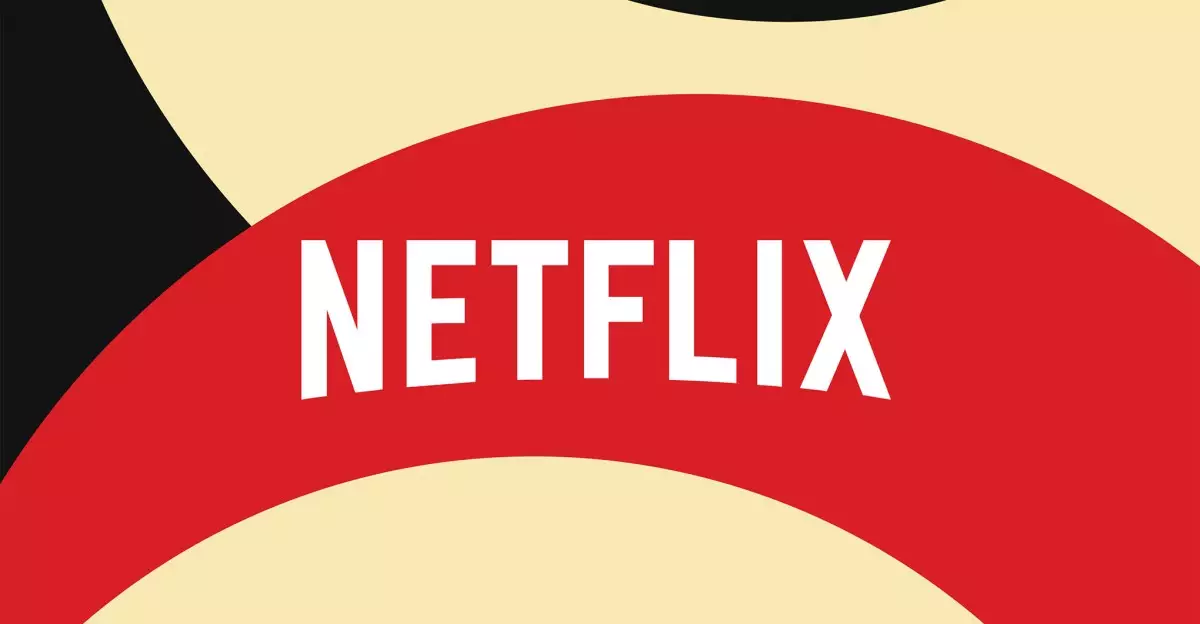In a timely and strategically significant move, Netflix has officially integrated HDR10 Plus into its streaming offerings. This development is a game changer for Samsung TV owners, who have been unable to fully leverage the advanced streaming capabilities of their devices due to the absence of support for Dolby Vision—a leading HDR format. HDR10 Plus, introduced by Samsung in 2017, presents an appealing alternative that optimizes viewing experiences through scene-by-scene adjustments to tone mapping and brightness. The addition of this support reflects a broader trend in the streaming landscape, where adaptability and tech innovation are critical for maintaining viewer engagement.
A Competitive Edge in Streaming Quality
The introduction of HDR10 Plus comes as a breath of fresh air for Netflix’s Premium subscribers, allowing them to experience improved video clarity and color vibrancy. With approximately 50% of eligible viewing hours now utilizing this format, it positions Netflix as a leader in the streaming domain, providing tangible benefits to subscribers. This is particularly significant given Samsung’s dominance in the global TV market, boasting nearly 30 percent market share. By catering to a vast audience of Samsung TV users, Netflix demonstrates not only its commitment to quality but also recognizes the competitive advantage of harnessing a widely used technology.
The Limitations of HDR10 and the Advantages of HDR10 Plus
Historically, Samsung TVs have lacked Dolby Vision support, leaving users to experience content through HDR10—a format utilizing static metadata that fails to optimize the visual experience per scene. While HDR10 operates under a blanket approach, HDR10 Plus brings a nuanced touch, tailoring brightness and tone according to specific scenes which ensures a higher fidelity viewing experience. This enhancement is particularly impactful when engaging with films or shows that play with contrasts, showcasing detail that might otherwise be lost under a one-size-fits-all umbrella.
Adoption Across Platforms and Future Prospects
The streaming landscape is rapidly evolving, with major players like Amazon Prime Video and Disney Plus already embracing HDR10 Plus. Netflix’s recent inclusion aligns it with industry leaders vying for viewer attention in a highly competitive market. Moreover, other manufacturers such as Panasonic and Hisense are also integrating HDR10 Plus into their products, illustrating a collective pivot towards this technology. What’s more, Netflix’s commitment to expand its catalog of HDR10 Plus content by the end of 2025 promises an exciting horizon for subscribers craving dynamic and immersive viewing experiences.
The Path Ahead for Netflix and Streaming Technology
As Netflix continues to innovate and adapt to the changing landscape of viewer preferences, its support for HDR10 Plus might signal a larger trend. The streaming giant has consistently shown a willingness to embrace new technologies that enhance user experience. The ongoing advancements in HDR formats underscore the critical balance between industry standards and consumer needs. With the continuing evolution of technology, content providers who prioritize quality and flexibility are more likely to capture and hold viewer interest amid fierce competition. As more viewers upgrade to compatible devices, the prevalence of HDR10 Plus is poised to flourish, creating opportunities for richer storytelling and cinematic experiences in the comfort of home.

